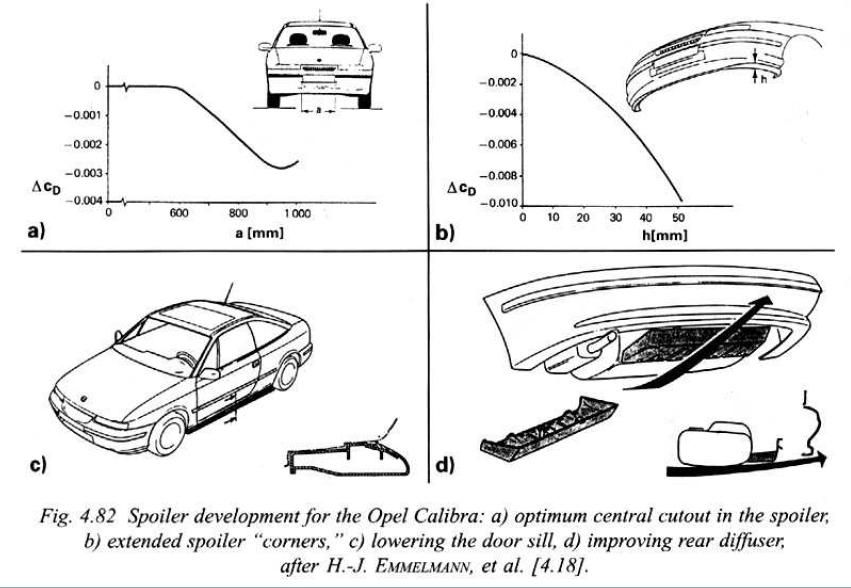here's a few of my thoughts on the matter (wich could possibly complicate things more than clarify)
when looking at an airdam design i think it's important to considder is serves two functions.
on most cars it will be fairly straight in the middel where it shields the underside of the car and curved at the sides where the dam shields the tires, wheel wells and perhaps suspention components. these are roughly two different processes that may require differnt shapes and lenths of the airdam.
this graph i came accross sugest the sides of the airdam (in front of the tires) are best as low as possible. (B)

there's a point where the reduction in drag becomes to small to be relevant (and before this point is reached practical ground clearance is compromised. as such the height is dictated by practical considderations rather than aerodynamics)

the center section of the airdam is a different matter. On some cars this is more raised than the sides, especially on cars with aerodynamic undersides. on some cars there's even no dam but a smooth transition to the underbody. info on the opel calibra sugests the center of the dam was raised on this car as this gave less drag where the sides where made as low as practical ground clearance would allow. the car had some underbody aero treathment, but was still fairly rough.
it hink it's therefore important when considdering an airdam to approach these two areas sepparate.
and than there's the chevy volt with it's odly large airdam that seems to contradict all above, yet cleary isn't the most practical solution
Chevy Volt Air Dam Wear After 7 Months | MyChevroletVolt.com